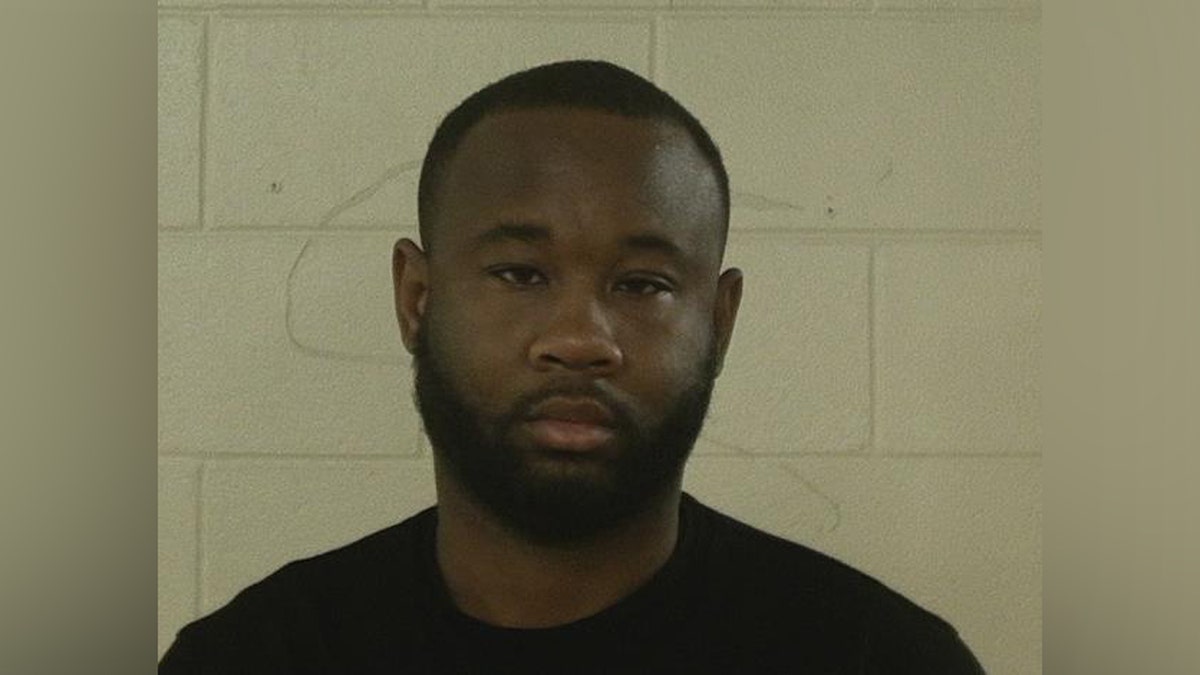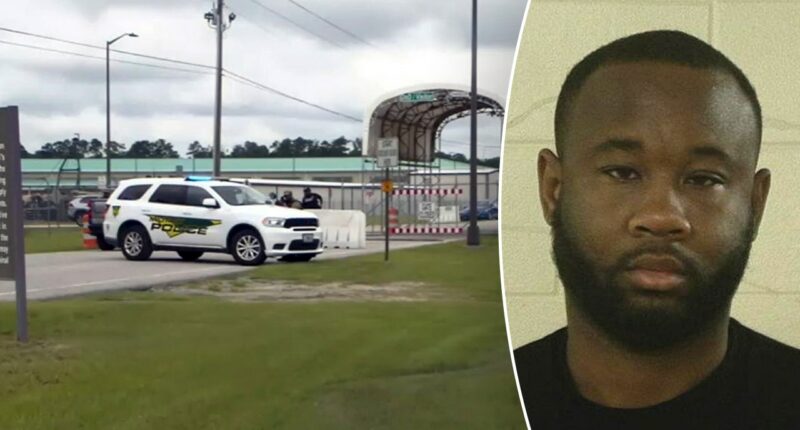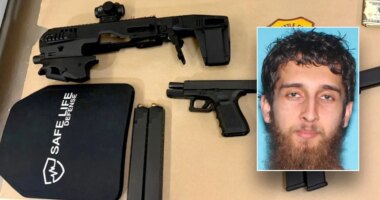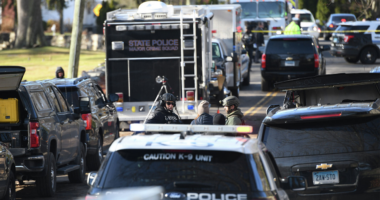Share this @internewscast.com
In light of a shooting that injured five soldiers at Fort Stewart on Wednesday, a former public safety director from the Georgia military base discussed the post’s emergency protocols and weapons safety measures, as officials commended the troops who subdued the suspect, potentially preventing further injuries.
Army Sgt. Quornelius Radford, 28, from Jacksonville, Florida, allegedly shot five fellow soldiers using a personal handgun in the 2nd Armored Brigade Combat Team area at Fort Stewart. Officials reported that all victims are expected to recover.
Ret. Army Col. Mike Bumgarner, who once oversaw emergency services and policing at Fort Stewart and Hunter Army Airfield, informed Fox News Digital that military police likely arrived within three to five minutes after the 911 call was received.
According to Bumgarner, contributing to the swift capture of the suspect were the FBI-style protocols that soldiers are trained in, which include rapid evacuation, barricading if escape is not feasible, and taking prompt action to mitigate immediate threats.

Mugshot of Quornelius Radford, who was booked at the Liberty County Jail in Hinesville, Ga., May 18. (Liberty County Sheriff’s Office)
Bumgarner indicated that the Army’s Criminal Investigation Division (CID), spearheading the investigation with potential FBI collaboration, is probably already reviewing which weapons were registered with the provost marshal and conducting interviews with all involved parties.
Commanders will also investigate potential connections to terrorism, extremism, or broader issues involving others, as per Bumgarner. Other investigators will concentrate on the crime scene — preserving evidence, securing the site, and interviewing associates who may have observed unusual behavior.
“This is exceptionally rare, and I guarantee the community, the whole Army, is shocked by this,” he said. “It’s just not something we see. The Army is very tight-knit.”
As for long-term weapon misuse prevention, Bumgarner said there is no quick fix.
“If you were around the military installation after 9/11, we did 100% vehicle checks, and I can recall sitting on the interstate backed up four miles,” he said. “Once you do it, it becomes a thorough search. Every compartment or container that [can] contain a handgun, you will be searching. You can sustain it for a period of time when a known threat is high, but [that would be] very hard and demanding on all the security, military police, as well as those that have to transit on and off post.
“So the issue comes to the weapon. How do we stop it? There is no quick, simple answer,” Bumgarner added. “Second Amendment rights are respected in the military as well. That’s how they keep weapons in quarters. How do you preclude that? The military is a microcosm of our society.”

















